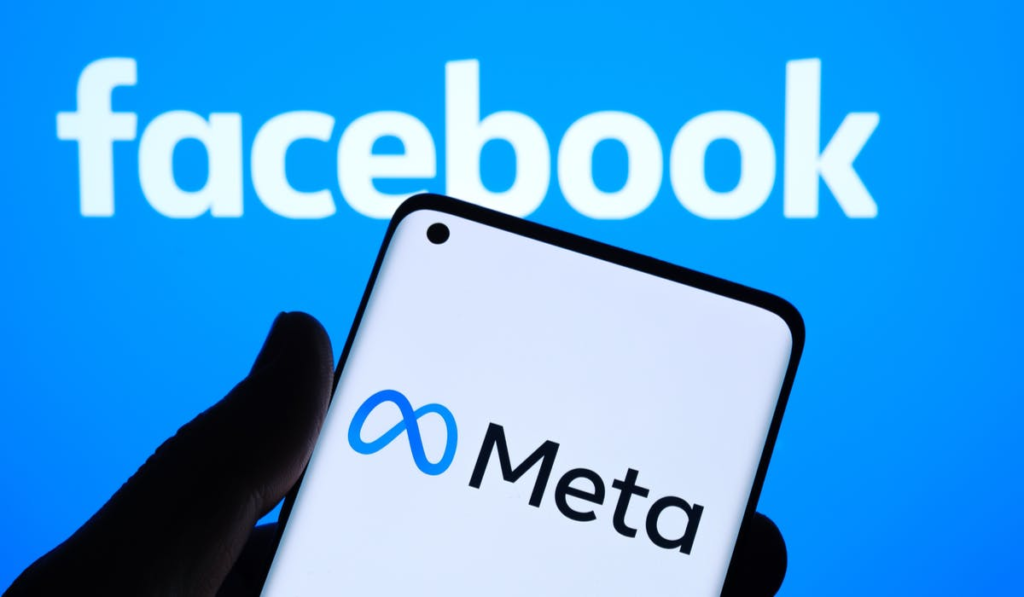Meta claims changes to its content moderation policy have not impacted advertiser demand, as the business aims to focus on AI and working with creators.
 Meta claims recent changes to its content moderation policy haven’t had “any noticeable impact” on advertiser spend.
Meta claims recent changes to its content moderation policy haven’t had “any noticeable impact” on advertiser spend.
On 7 January, the social media giant announced plans to end its third party fact-checking programme and move to a community notes model – as seen on X – with Meta saying it wanted to “return to [its] fundamental commitment to free expression”.
Speaking yesterday (29 January), CFO Susan Li told investors the shift in policy was not having a commercial impact.
“We also haven’t seen any noticeable impact from our content policy changes on advertiser spend,” she said.
“So we’re continuing to see strong advertiser demand. Again, particularly for AI powered tools that are helping businesses maximise the value of their ad spend. So our commitment to brand safety is unchanged and we expect that we will invest in our suite of tools to meet the needs of advertisers.”
Speaking on the same call, CEO Mark Zuckerberg underlined his personal commitment to “free expression”, claiming the community notes system is “more effective”.
“I think that there’s been a lot of people who have read this announcement [on content moderation] as if we somehow don’t care about adding context to things that are on our platform that are misinformation, that’s not right,” he stated.
Meta reported a 21% year-on-year increase in revenue during the fourth quarter to $48.3bn (£38.8bn), up 22% to $164.5bn (£132.2bn) for the year ending 31 December.
Across Meta’ family of apps, the number of daily active people was 3.35 billion on average for December 2024, an increase of 5% year-on-year.
Meta’s marketing spend was “approximately flat year-on-year” according to Li. The business spent $3.24bn (£2.6bn) on marketing and sales during the fourth quarter and $11.3bn (£9bn) over the full year period. Li explained the company is looking to improve “marketing performance”.
“We’re seeing healthy cost per action trends for advertisers for whatever is the action that they are optimising for. And we believe we’ll continue to get better at driving conversions for advertisers,” added Li.
Ad impressions across Meta apps increased by 6% and 11% year-on-year for the fourth quarter and full year 2024, respectively. Alongside this, the average price per ad increased by 14% during the fourth quarter and 10% for the full year.
AI assistant Meta AI currently has 700 million monthly active users. The company plans to introduce updates enabling Meta AI to deliver “more personalised and relevant responses” by remembering certain details from people’s prior queries and how they engage on Facebook and Instagram.
Continuous app updates
Li claimed any impact from the short TikTok outage earlier this month couldn’t be gauged, adding that “the impact was not material” with regards Q1 revenue or engagement metrics. Yet the results call indicated more investment into Reels, Meta’s version of vertical videos.
Meta is set to invest more in “creative tools”, launching an app called Edits “in the coming weeks” to allow creators new tools when making Reels. The business has seen “positive early results” around Reels’ new feature relating to content friends have left a note on or liked.
Li described creators are one of Meta’s “central focuses”, with the business working on Instagram to “prioritise original posts in recommendations to help smaller creators get discovered”.
“We also want to ensure creators have a place to experiment with their content, so we introduced a new feature in Q4 that allows creators to first share a Reel with people who don’t follow them. This allows them to test content and see what performs best before deciding to share it,” she added.
Meta is also set to make “a number of updates” to the Threads recommendation system to prioritise more recent posts, surface content from top creators and ensure people see more of the content from accounts they follow.
Zuckerburg expects Threads to become the “leading discussion platform” and reach 1 billion users over the “next several years”.


